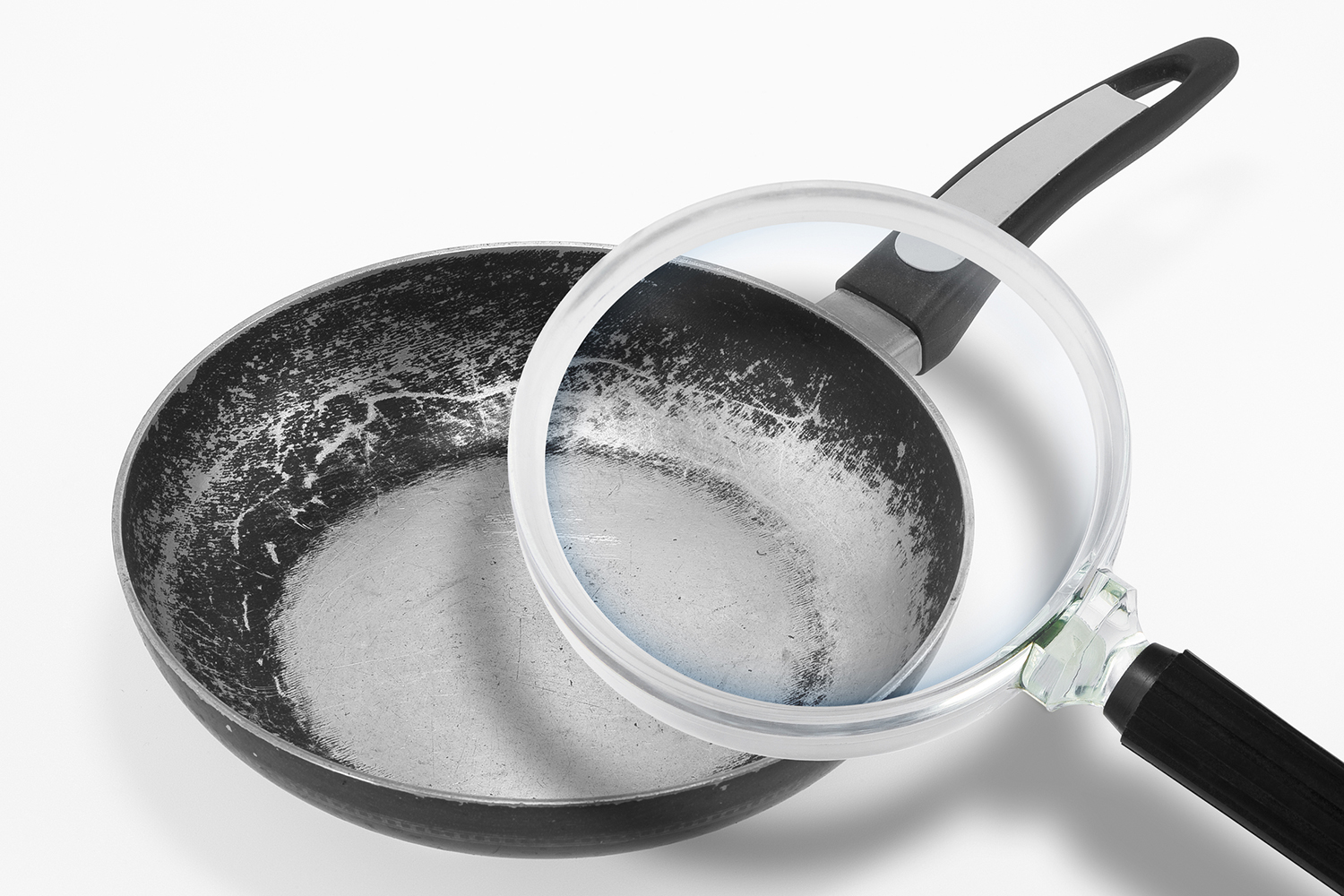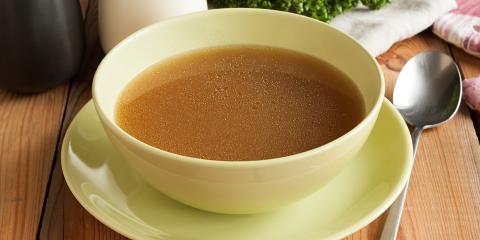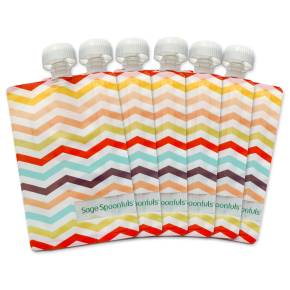We are all aware that the foods we eat influence our health. We know what foods to consume and which ones we should stay away from. We think about the physical food items, but what about the way in which our food is prepared? The pots and pans we choose can have a significant effect on our health. Our cookware and our health are not independent of one another.
Dangers of Cookware
You may be conscious of what you eat, but your cookware could actually be what is causing you harm. Non-stick cookware are made with materials such as steel or aluminum, and contain a chemical coating to make them ‘non-stick’. The real danger is this coating applied to your cookware. When non-stick cookware is heated to high temperatures, chemicals in the coating are released into our food. You may have beautiful, organic vegetables, but your cookware is adding chemicals for you to consume. This is a real concern and some of the dangers are as follows:
- “Teflon flu”: Teflon is one of the main coatings used in cookware. When breathing in the fumes that are expelled at high temperatures, people can experience flu-like symptoms. This is due to the polluted air within your kitchen during cooking. Teflon is a brand name that is associated with non-stick cookware.
- Smaller birth weight of new born children: A fetus feeds off of their mother’s diet and what she consumes. Chemicals ingested are no exception. Mice were found to have lower birth weights, and rats were found to have neonatal cell death.
- Elevated cholesterol
- Abnormal thyroid functioning
- Liver inflammation: Our livers works extremely hard to protect us against all the toxic substances that enter our bodies. These chemicals pass through our liver, creating a negative effect.
- Weaken immune system: We are only as strong as our immune system. It is crucial to look after ourselves, so that your immune system can operate at an optimal level.
- Tumor Growth and Cancer: Tumors were found within the testicles, liver and pancreas of rats studied. Studies that looked at humans whom were exposed to PFAO at work, found higher levels of bladder and kidney cancers.
As you can see chemical associated with cookware can harm your body. Teflon is known as PFOA, or ‘perfluorooctanoic acid’. This substance is suspected of being a carcinogen, and about 95% of us have this substance in our bloodstream (this is including new borns). It has also been found within polar bears and marine animals; due to environmental factors.
Risky Types of Cookware and Non-Stick Coating
Some materials and chemical sprays are affected by heat, and susceptible to wear.
Avoid these when possible. If you must use them, be sure to maintain them properly.
-
Teflon Coating
This is the most common non-stick coating, which was introduced in the 1950’s. It is associated with all the risks that have been mentioned thus far and is not recommended.
-
Titanium Coated
Although titanium coating is advertised as ‘PFOA free’, is still contains a synthetic coating and is also not recommended. This cookware tends to be aluminum, with a synthetic titanium fused coating applied and is still reactive.
-
Diamond Coated
This coating is advertised as not containing PFOA, but has a synthetic coating made from PTFE (polytetrafluoroethylene). This is essentially the same coating as Teflon non-stick pans.
Do Diamond Coated Pans Have Teflon?
Diamond coated pots and pans claim they contain ‘no Teflon’. This is true, but because ‘Teflon’ is a Trademark of DuPont. PTFE exposure is a concern with diamond coated cookware.
-
Aluminum Pans
These pots and pans are lightweight, inexpensive, and conduct heat well, but there is a concern of aluminum seeping into food.
Salty water and food have also been known to cause pitting in aluminum pots and pans; causing old pots and pans to have possible trace amounts of harmful substances like fluoride and arsenic.
-
Cooking Spray
This is not infused into your cookware, this spray is added to your cookware when you begin to cook. This spray appealed to many because of it allows for ‘fat-free cooking’.
The spray may be low in calories, but it is high in chemicals. Cooking spray actually contains ‘propellant’. This substance is used in areosol containers and can be made from propane, carbon dioxide or nitrous oxide.
Exposure to PFOA
Once these chemicals have entered our body, they are not metabolized. This is a real concern and should be addressed.
Environmental Factors
We are exposed to these chemicals without any knowledge.
-
The Air We Breathe
These chemicals can enter our bloodstream via the air. We inhale PFOA due to contaminated air or even dust.
-
Water and Soil
We are being exposed through our water systems, especially if you’re located close to a manufacturing facility. These chemicals have been found in our drinking water, soil, sediment, ground water and even areas in the open ocean.
-
The Food We Eat
These chemicals have been traced back to the foods we consume (link between our food and contaminated soil). Newborns whom are consuming breast milk may be exposed through their mother’s milk.
-
Consumer Products
This is where cookware would be relevant. We are exposing ourselves through consumer products.
How Does PFOA Affect Humans?
It is not entirely known how PFOA is distributed across human tissue. Studies in which used rats, showed that majority of the PFOA was found within the blood, liver and kidneys.
Durability of Cookware
It is not only your health that is a concern regarding this cookware. Non-stick cookware simply does not last. It is not as durable and the coating begins to flake off after extended use. You are better off to invest in healthy cookware options that will last you a lifetime.
Safe Materials for Pots and Pans
There are various options in terms of safe and healthy cookware.
Manufacturers may add a non-stick coating to any material, so read the label carefully and research the brand.
-
Stainless Steel
These pots and pans generally have copper or aluminum between sheets of stainless steel. This is a great option because it creates great heat conductivity while providing a safe cooking surface. Stainless steel pots and pans are not non-stick, so they are typically great for high liquid recipes (e.g. soups and sauces). They can also be used for a wide variety of other ingredients and cooking purposes.
-
Cast Iron
Is highly durable and can be heated to much higher temperatures than it’s non-stick counterparts. Cast iron does not release chemicals when heated like non-stick pots and pans do. They actually provide traces of iron. Many people are iron deficient, so this is one instance of leaching that is actually beneficial.
-
Ceramic
These tend to be finished with enamel and are safe to use. They can reach extremely high temperatures. You just need to be concerned with decorative additions. Make sure that it is specifically for cooking and food use.
-
Anodized Aluminum
These have all the benefits of normal aluminum, but are more expensive for good reason. The electro-chemical process causes aluminum to stay ‘locked’ inside, so it will not leach into food due to this process.
-
Steel-Lined Copper
There is no doubt that copper is an excellent source of heat, which is why it is commonly found within stainless steel pots and pans.
Are Copper Pans Healthier For You?
In small doses, copper is beneficial to our bodies. However, we tend to get enough copper in our diet from dark leafy greens, dried fruit, shellfish, potatoes and more, and some foods actually increase copper leaching—when minerals are absorbed from a solid.




